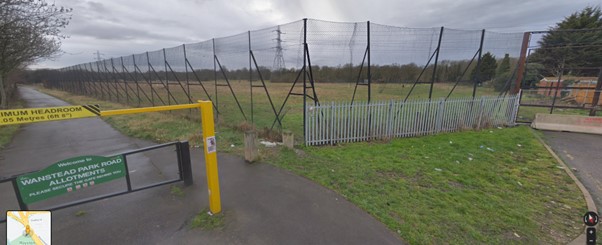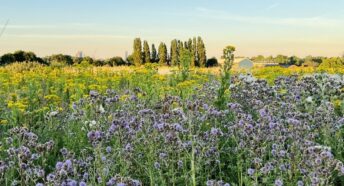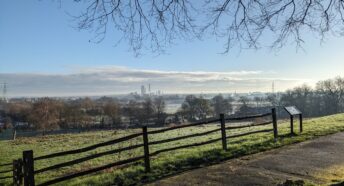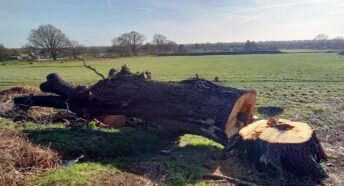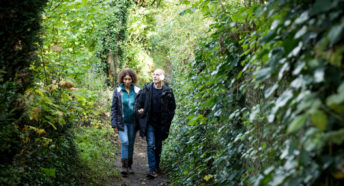Restoring London’s neglected green spaces
Neglected, fenced off, forgotten. There are multiple parks and green spaces across London which are doing little or nothing to deliver public benefit and are effectively ‘dead’ spaces. Many now lack a clear identify so are vulnerable to exploitation by developers.
Some of these green spaces have even been fenced off and run down by their owners in the hope that they will be able to gain planning permission to build on them. Some have re-wilded and now provide a home for nature but their lack of identity leaves them vulnerable.
This is despite the fact that parks, playing fields and green spaces in London have never been so important for health and wellbeing. The pandemic has brought this into sharp relief. And the climate and nature crises mean we need well managed green areas more than ever to prevent flooding, manage temperature, sequester carbon and help nature recover.
The fight to bring these sites back into use often falls to local communities: we are supporting as many groups as we can and have launched a major campaign to give these sites a clear identify and bring them back into use. But much more needs to be done – and one key concern is there seems to be no way to force a landowner to bring a site back into use other than Compulsory Purchase. If London Plan or National Planning Policy cannot enable land being brought back into use, it may be that new legislation is needed.
In this article:
- Examples of ‘dead space’ – green spaces which are sitting idle, derelict and neglected
- Recent examples of green spaces which have been brought back into use through community action
- What we want the GLA and boroughs to do, to ensure these spaces are brought back into use and deployed more effectively to meet London’s needs – and what you can do to help
Examples of ‘dead space’ – green spaces which are sitting idle, derelict and neglected
Royston Gardens, Leigh Road Sports Ground and Barrington Playing Fields (Barking & Dagenham / Newham / Redbridge)
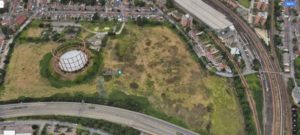
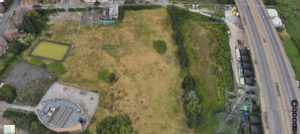
Several large areas of green space adjacent to the River Roding have been bought by developers and fenced off with a view to their being developed for private profit. Local campaigners feel these sites are extremely vulnerable and likely to come under threat in the near future unless action is taken. An application to remove around 50 mature trees on the perimeter of the old Leigh Road Sports Ground site was recently refused.
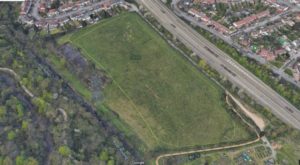
The River Roding Trust is working to create a vision for the whole area called ‘Edgelands’ with a view to bringing the sites back into use to reduce the threat of future development.
River Quaggy Playing fields next to River Quaggy near Lee Town Centre (Lewisham/Greenwich border) A number of privately owned playing fields between Lee and Kidbrooke have been fenced off by their owners who intend to use the pitches as ‘landbanks’ with the idea of making profit through future development of land that was put in trust for public use.

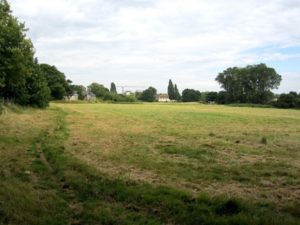
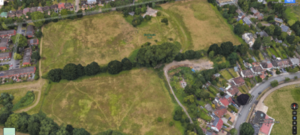
The Willow Tree Country Club and Manor Way Sports Grounds were fenced off at the end of 2020 with major earth movements. The club house was burnt down and extensive hedgerows, trees and wildlife habitat have been destroyed. Recently, three sports clubs requested to use one of the Willow Tree Country Club pitch but did not receive a response from the owner. Local Campaigners and Friends of Quaggy Playing Fields are fighting for the sites to be brought back into public use.
Disused playing fields and open land around Banbury Reservoir (Enfield / Waltham Forest border)
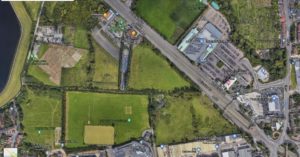
Various playing fields around Banbury Reservoir have become derelict and disused, and one has been acquired by a developer, despite the fields being on protected land. A Green Belt site to the north is threatened with having its designation removed as part of the Enfield Local Plan review, which will leave it highly vulnerable to development. CPRE London is working to help local residents establish a campaign because of concern that the land and related public amenity will be lost.
Buckthorne Railway Cutting (Lewisham)
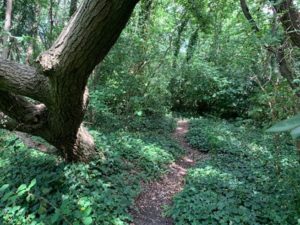
This site is a valuable nature habitat with fragments of ancient woodland and was used for many years by the Scouts. The landowner has now fenced the site off and allowed the Scout Hut to become derelict. Fearing that a planning application is imminent, local campaigners and The Fourth Reserve Foundation are seeking protection for the site so it can be used for scouting once again and established as a nature reserve.
Beddington farmlands (Sutton) This very large and important site was meant to be restored and opened to the public as a nature reserve: this was a condition attached to planning permission for an incinerator. But the land has since been neglected, the habitat is in decline and it remains closed to the public. Residents fear it will be lost forever if the planning conditions are not enforced so they are campaigning to ensure it is restored and opened up for public use.
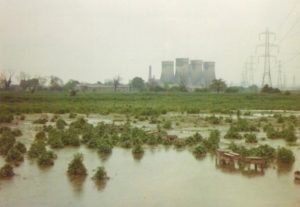
Brent Sidings East Barnet. This is an inaccessible site for which there are nature records but is not identified as a nature reserve so its value is little understood and, as far as we are aware, the site is not actively managed. It no doubt provides an excellent habitat, but its lack of identity leaves it vulnerable to destruction or even development. Establishing a clear identity for sites like this could secure their future enable their use for education, for example, or simply as well-managed homes for nature.
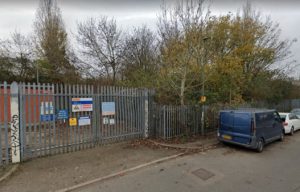
Examples of spaces which have been brought back into use through community action
The gates of Mortimer Terrace Nature Reserve in Camden were locked three years ago by its owners, as they sought to find a buyer to build on the green space. Local volunteers and community organisations couldn’t raise sufficient funds on their own and turned to the council for help. Initially, Camden Council assisted by giving the site protection through local planning legislation, designating the reserve as an Asset of Community Value and putting Tree Protection Orders on many of the trees. Local Councillors then worked cross-party to raise funds from Community Investment Levies. And these funds, together with the money already raised by the local community, allowed the Council to purchase the land on behalf of the Mortimer Terrace Nature Reserve community trust and then gift the nature reserve to the trust under covenant
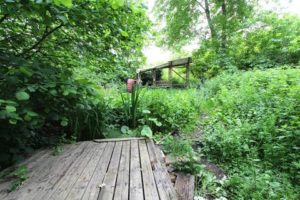
Similarly, In Harrow, a group of local residents have recently raised funds from their community and the Mayor of London to transform the neglected Pinner Recreation Ground into a far better environment for both people and wildlife. The site had fallen into disuse and was doing little to deliver benefits for local residents or nature. They worked successfully with the council to create woodland, meadow and wetland for locals to enjoy as well as for educational purposes and nature.
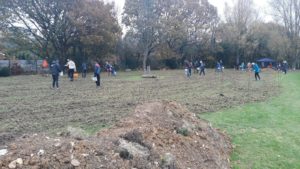
CPRE London is seeking commitments from the Mayor of London and local authorities to:
- survey each borough to identify green sites which are currently neglected, forgotten or fenced off and work with the local community to bring them back into use and protect them from development
- make a clear statement for each forgotten site that it will not be released for development
- promise to give each site a new identity as a park or nature reserve to be managed, wherever possible, in conjunction with a local community or ‘friends’ group
- designate each site as a Local Green Space or an Asset of Community Value, and ensure nature records are established and SINC status considered
- encourage landowners to bring down fences and reinstate public access
- for the GLA, consider what planning or legislation may be needed to ensure landowners make sites available for use as intended e.g. for sports.
What can you do? There is still time to save many of London’s other neglected green spaces and we need your help! To get involved you can:
- Tell us about green sites in your area which are being neglected and could become new parks. Please email alice@cprelondon.org.uk about sites you feel could or should be brought into use, or back into use, as a local park, nature reserve or playing field, or for some other public amenity. This might be a site where public access has been lost in recent years.
- Write to your Council Leader asking them to identify derelict and neglected green spaces under threat, and actively work with the community to bring them back into use.
- Sign up for updates. The local groups we’re working with are keen to have more support so it would be great if you’d like to join one of the ten new parks campaigns or be put on their mailing list. Email alice@cprelondon.org.uk and we can put you in touch.
- Help collect nature records for a site: contact us and we can put you in touch with people who can help you do this.
- Share our social media posts and follow us on Twitter and Instagram @CPRELondon.
